My Quebec Herritage
In the mid to late 1800s, thousands of Quebec citizens immigrated to the United States. Why did they leave Quebec? What opportunities did they encounter in the United States, specifically in New York? What did they do when they came to New York? Using historical records and family memories, I traced back my Franco-American Roots.
This is constant work in progress to connect the dots of history
If you have any corrections or want to add a story please reach out to me at roseobsydian@gmail.com
General Quebec Immigration to New York:
Sometimes people left Quebec to find new opportunities in the United States, predominantly New York, Vermont, and the other New England States. By immigrating and gathering, neighborhoods and towns were formed that were predominately Franco-American.
Why Leave?
New England states were having an industrial boom in which immigrants could earn wages all year round rather than only seasonally from their farms. This led to an initial excitement to work in the United States. However, as you will see from my family’s examples it was a deeply personal choice to leave their homes to start new.
Also, immigration did not necessarily mean Canada was closed off forever. Some would travel back and visit family.
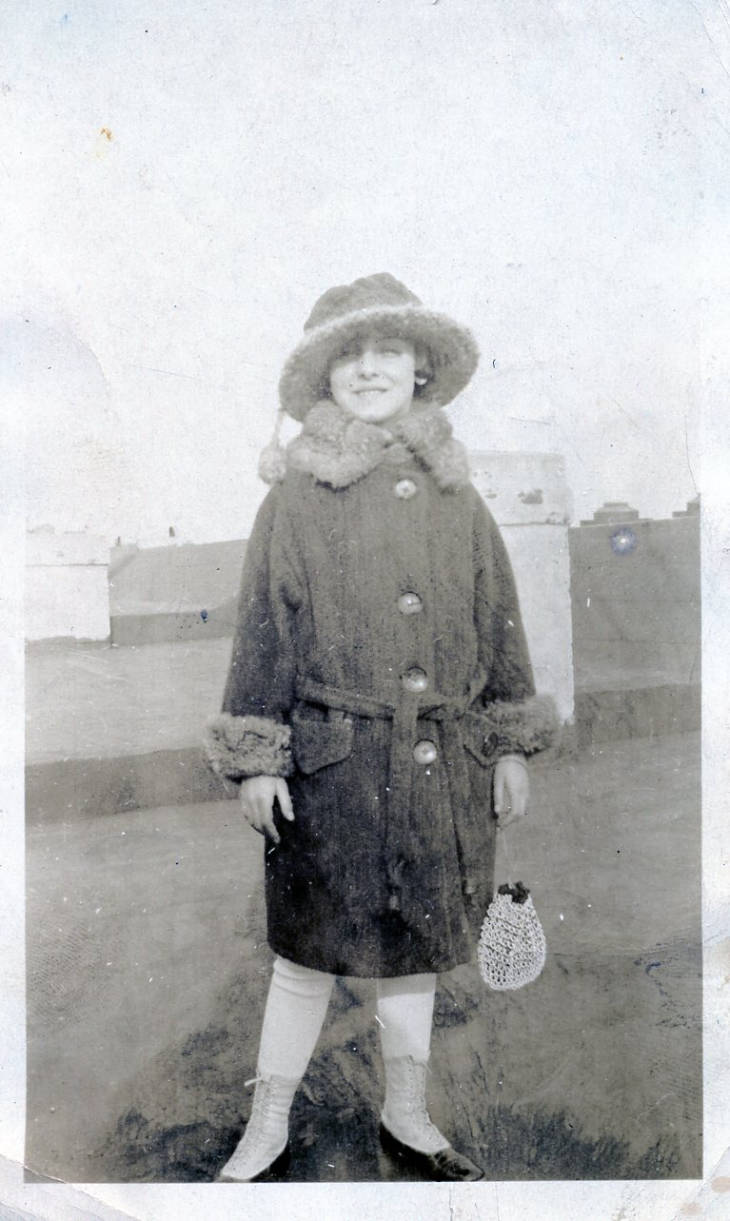 Eugenie dressed up for travel to Quebec
Eugenie dressed up for travel to Quebec
Why Cohoes?
Cohoes was a particularly great place to call home in the 1860s because of the textile industry, particularly Harmony Mills. Men, women, and children all worked in these factories to earn a living. Working conditions were dangerous and hours were long but overall the steady pay was an important motivator. Some might even say that the factories exploited the immigrants’ eagerness to work.
Some French-Canadians arrived later in the 1880s-1900s because the neighborhoods were growing and every town needs good barbers, butchers, restaurants, and other trades.
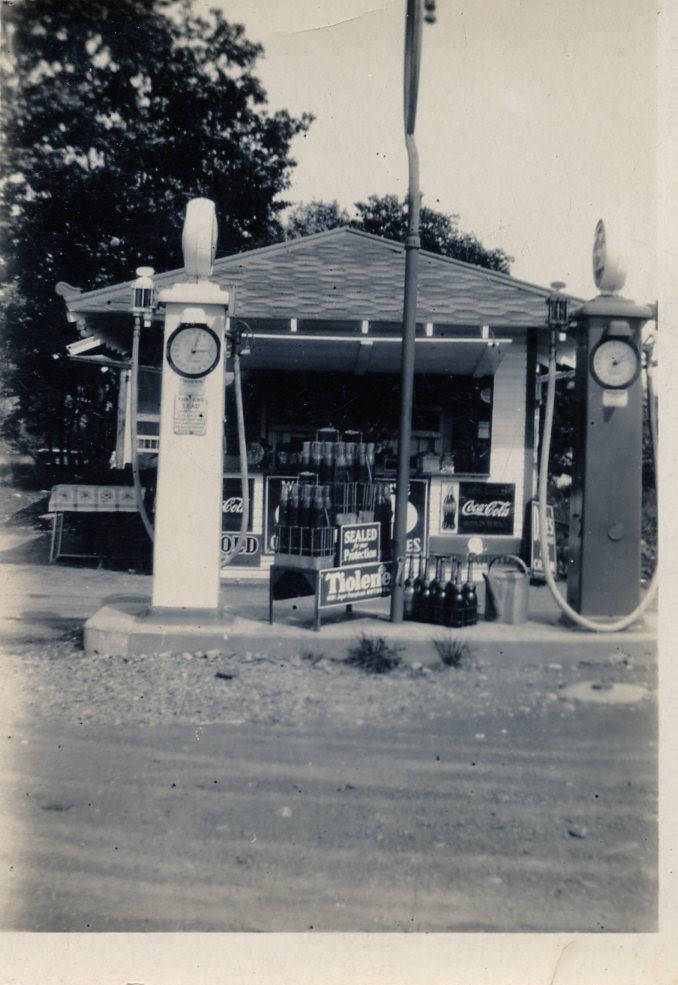 A gas station owned by the Therriaults.
A gas station owned by the Therriaults.
Faith and Education?
French Canadians were devout Catholics and even when arriving in Cohoes, many maintained their faith. The first mass was held in 1847 and the first French Catholic Church was built in 1869(st josephs). Schooling was also associated with the church with nuns teaching children in their native French language.
Were they accepted in the USA?
French-Canadian immigrants were very loyal to their language and faith and therefore did not assimilate into “American” culture. They maintained their towns and families very closely. This refusal to assimilate angered some Americans which led to discrimination of the Franco-Americans (Lacoursiere 122). According to family stories, the derogatory term used for French-Canadians was blueberries. However, my family did not talked about most discrimination that they may have faced because they were mainly focused on their tight-knit community and very stubborn in not caring about what outsiders thought.
Eugenie Therriault (1881-1948)
Eugenie was my Nana’s Grandmother, aka my great-great-grandmother, aka my dad’s mom’s dad’s mom, aka Mimere (Grandma). Eugenie’s father was Joseph Therriault and they lived in Kamouraska, Quebec, Canada. Eugenie and her parents immigrated when she was 7 years old (1887).
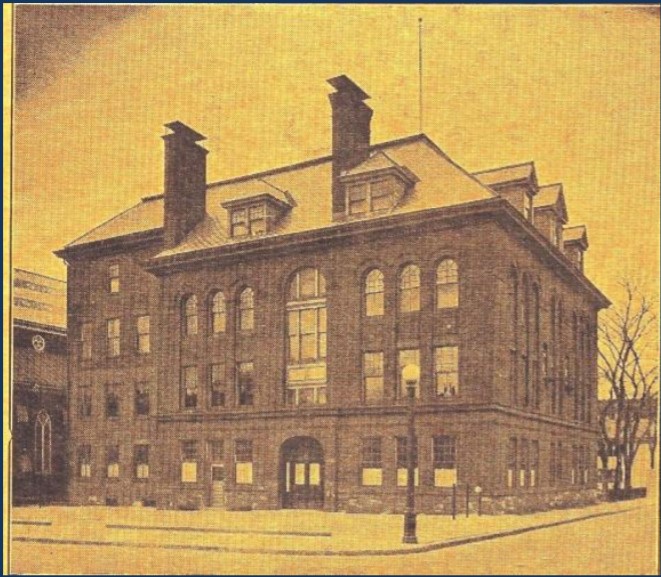
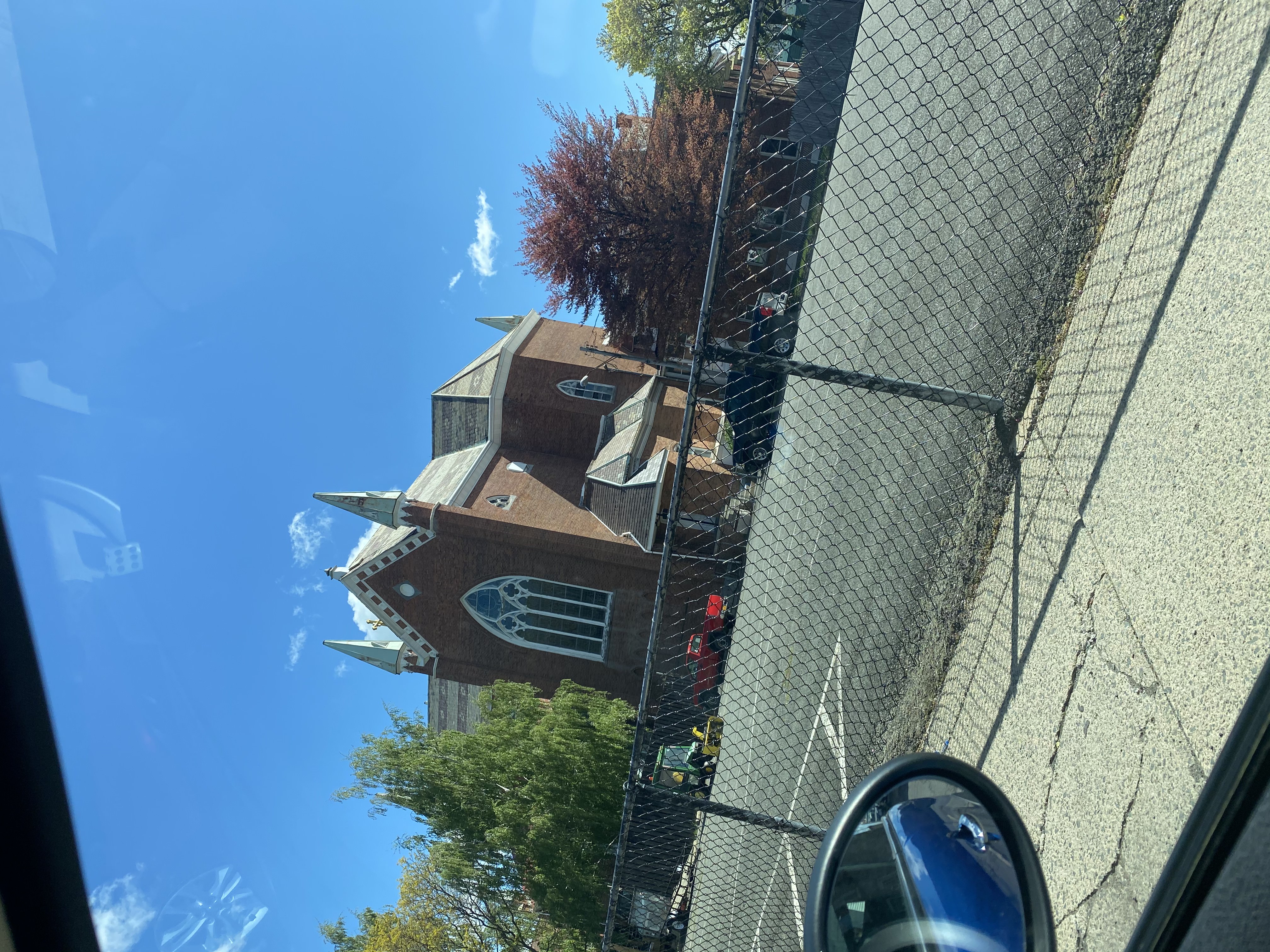 Left: Saint Joseph’s School
Right: Cohoes French Club, The Venue, what used to be Saint Joseph’s Church.
Left: Saint Joseph’s School
Right: Cohoes French Club, The Venue, what used to be Saint Joseph’s Church.
They immigrated to Cohoes because of the onset of a recession in Quebec and the news of opportunity within New York. (Joseph’s job is currently unknown to me) They did earn enough to drive back up to Quebec to visit family. Eugenie also did have up to an 8th-grade education and most likely went to Saint Joseph’s School. This ties into the fact that many Franco-American children attended Catholic schools. Eugenie’s brother, Joe Therriault became a barber and lived at 108 Simmons ave, Cohoes
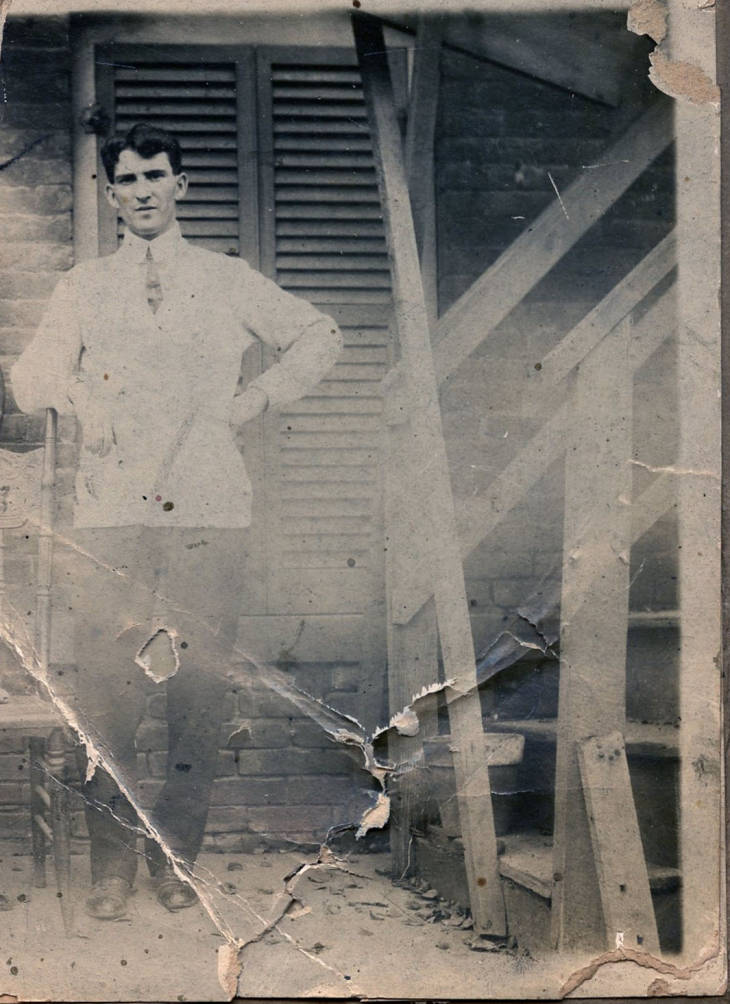
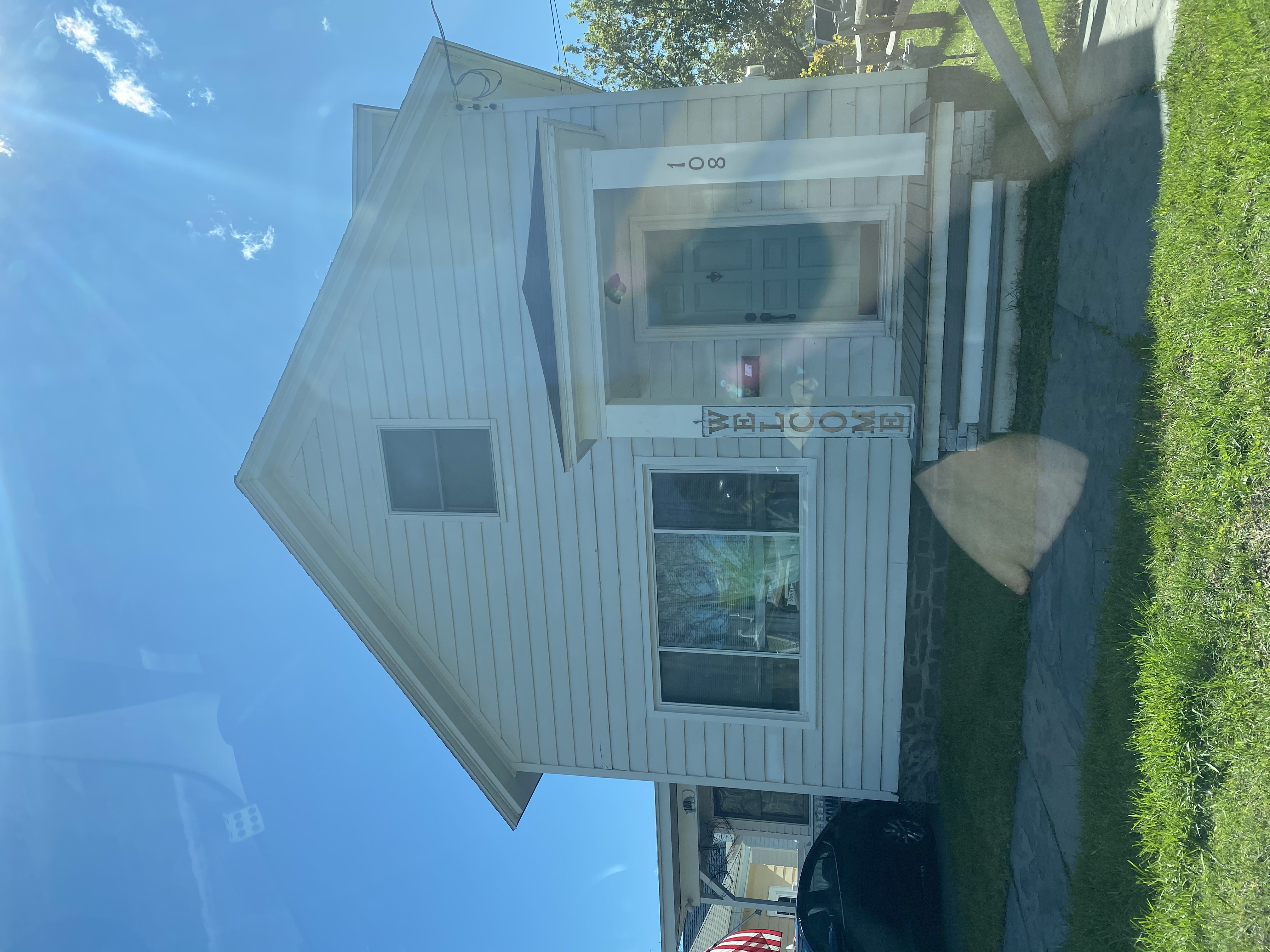 The Barber shop then and now
The Barber shop then and now
Eugenie married Thomas Lionel Donnelly, whose parents were Irish immigrants. While throughout some history there has been animosity between the Irish and French-Canadian immigrants, particularly in Canada, it was actually quite common for Franco-Irish marriages. This was mainly because of their shared devotion to Chatholicism.
home in 1930: cohoes ward 3, congress street
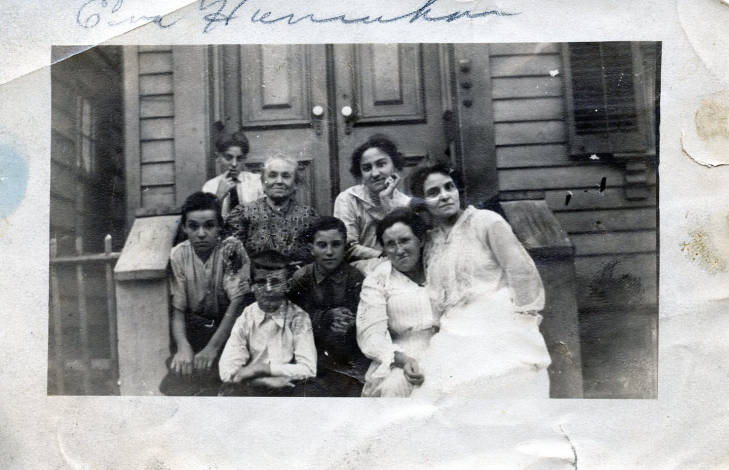 Eugenie and her family on their stoop.
Eugenie and her family on their stoop.
home in 1940: cohoes ward 4, Mechanic Street
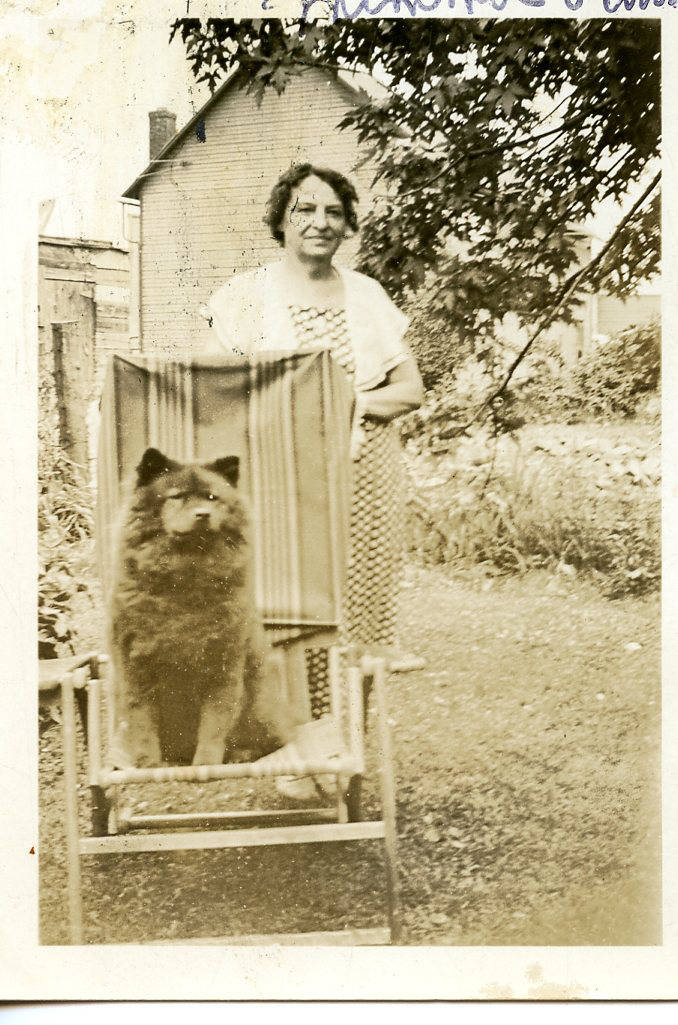 Eugenie with her Chow Chow
Eugenie with her Chow Chow
Eugenie became a housewife and had two children, William and John, while her husband was a truck driver for a meat packing company. A final interesting note is that on every census that was filled out, she wrote Candadian French. At that point Canada had long been united but it shows her strong will to maintain her French Herritige.
buried: Saint Agnes Cemetary
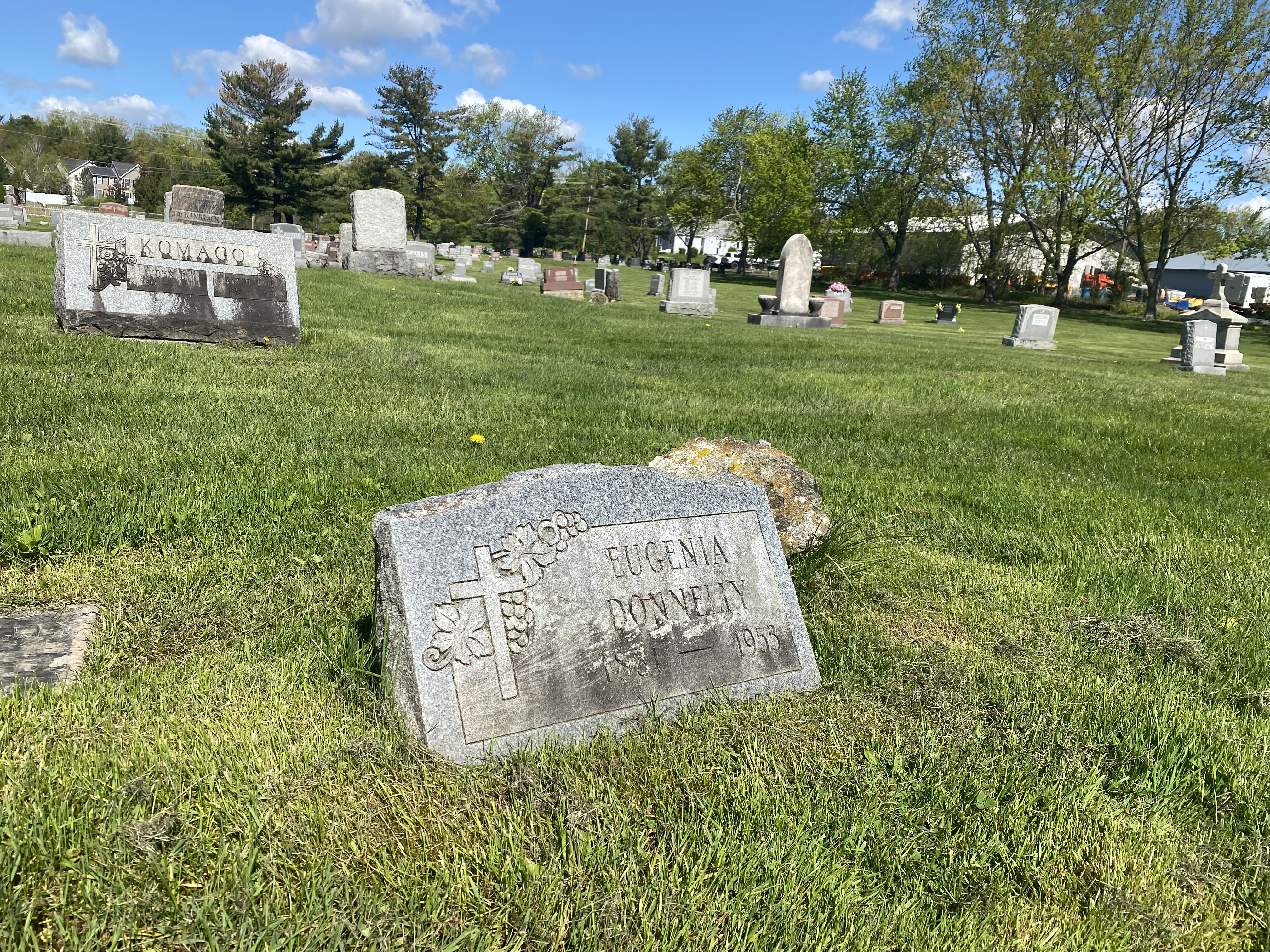
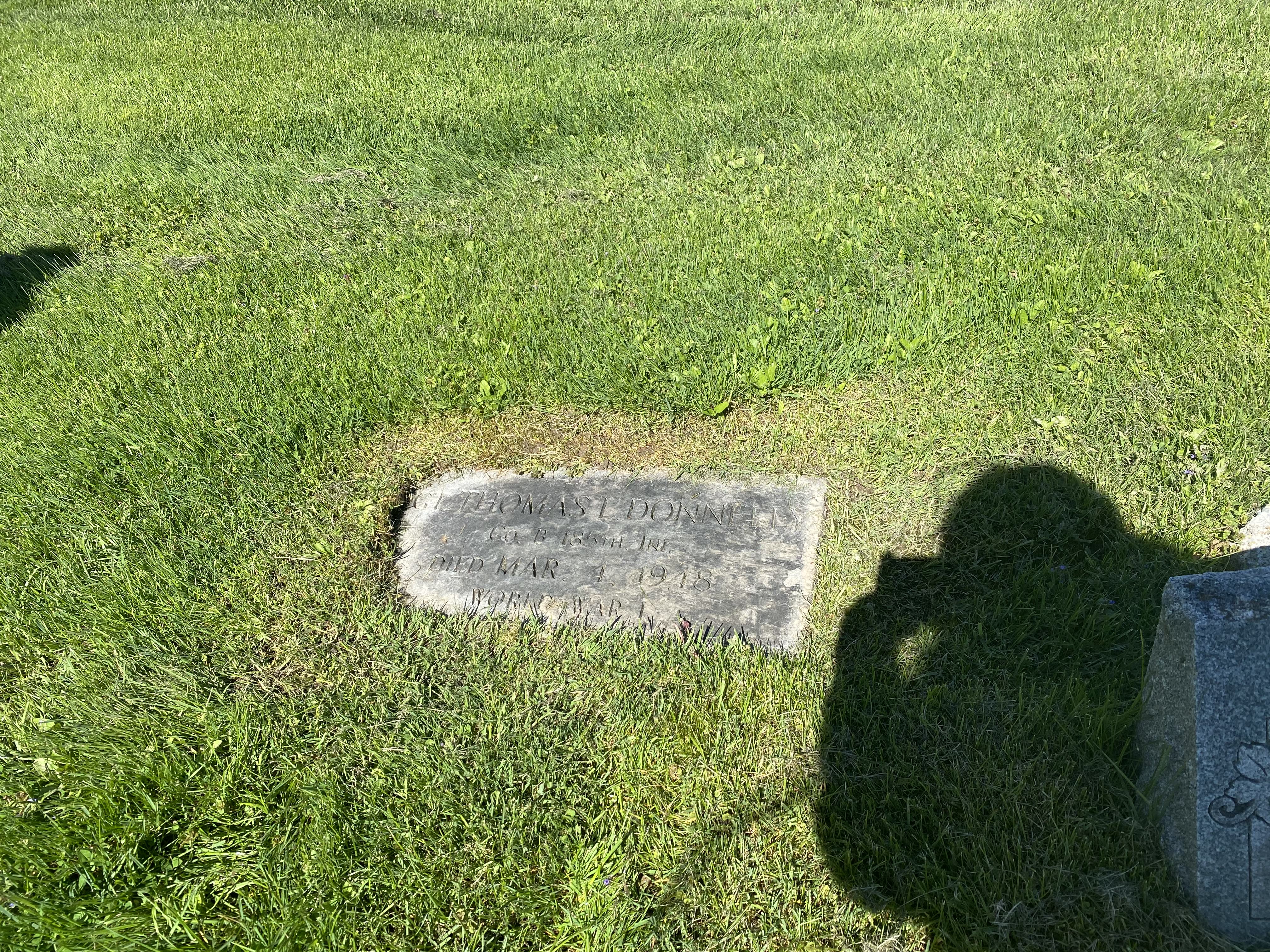 Eugenie and her husband’s graves side by side
Eugenie and her husband’s graves side by side
Napoleon “Paul” Charbonneau (1882-1945)
Napoleon was my Papa’s Grandfather, aka my Great- Great Grandfather, aka my dad’s dad’s mom’s dad. Him and his wife, Celia, lived in Trois-Rivieres, Quebec, Canada. Celia never spoke any english, only French. They immigrated to Cohoes in 1907 with their first daughter, Marie Rose, being born shortly after. They did not talk about why specifically they immigrated. Although he was able to find work by working for Waterworks for the City.
Home: 253 Vliet Street in Cohoes, New York
Marie Rose Charbonneau (1907-1989)
Marie Rose was one of Napoleon’s many children. She is my Great Grandmother, my dad’s dad’s mom.
Napoleon’s children, particularly my Great Grandmother, Marie Rose Charbonneau was able to attend school at Saint Marie’s.
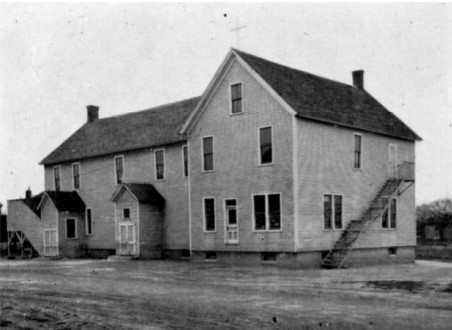
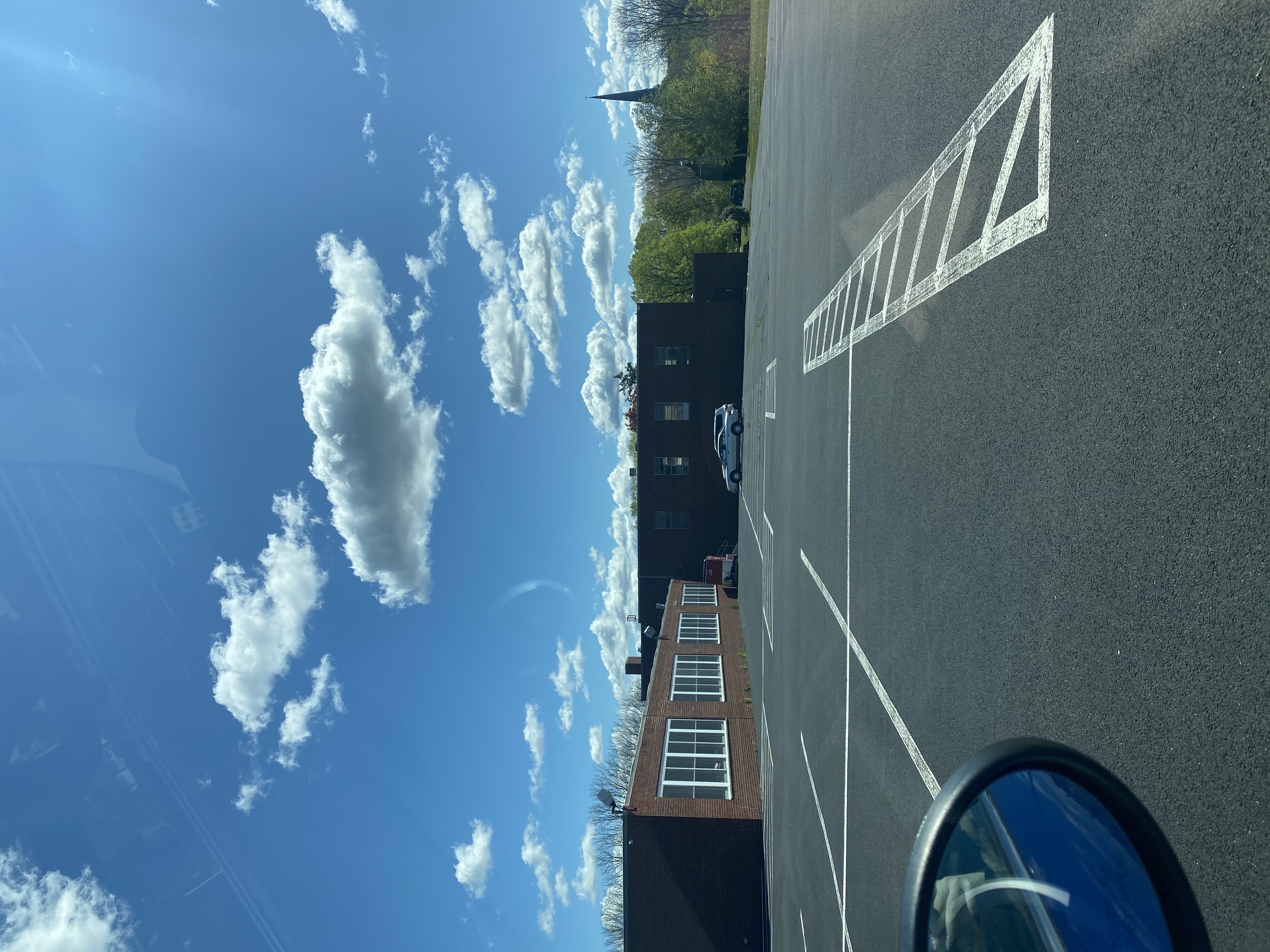 Left: Saint Marie’s School when Marie Rose attended
Right: Holy Trinity Parish Center where Saint Marie’s School used to be
Left: Saint Marie’s School when Marie Rose attended
Right: Holy Trinity Parish Center where Saint Marie’s School used to be
Before marriage in 1931, she worked in a shirt factory as a machine operator. According to family stories, she only worked before marriage and then once married to Harold Wilson she stayed a housewife. However, according to the 1940 New York Census, she still worked a few weeks in the shirt factory. It is possible that there could have been a miscommunication with the census worker or that she did indeed work occasionally for some extra money.
Something interesting to note is that Napoleon and Celia had many children which was the tradition of the time since many children were needed for population growth. However, Marie Rose only had 3 children which shows the change in ideology of not needing to have as many children.
Based on family stories, Marie Rose was very stubborn (must be genetic). she adored her kids and grandkids. She was terrible at cooking meat, but no one would ever dare tell her that. Lastly, she loved quilting and kntitting which has also been continued in my family.
home: 200 Dartmouth Street, Cohoes
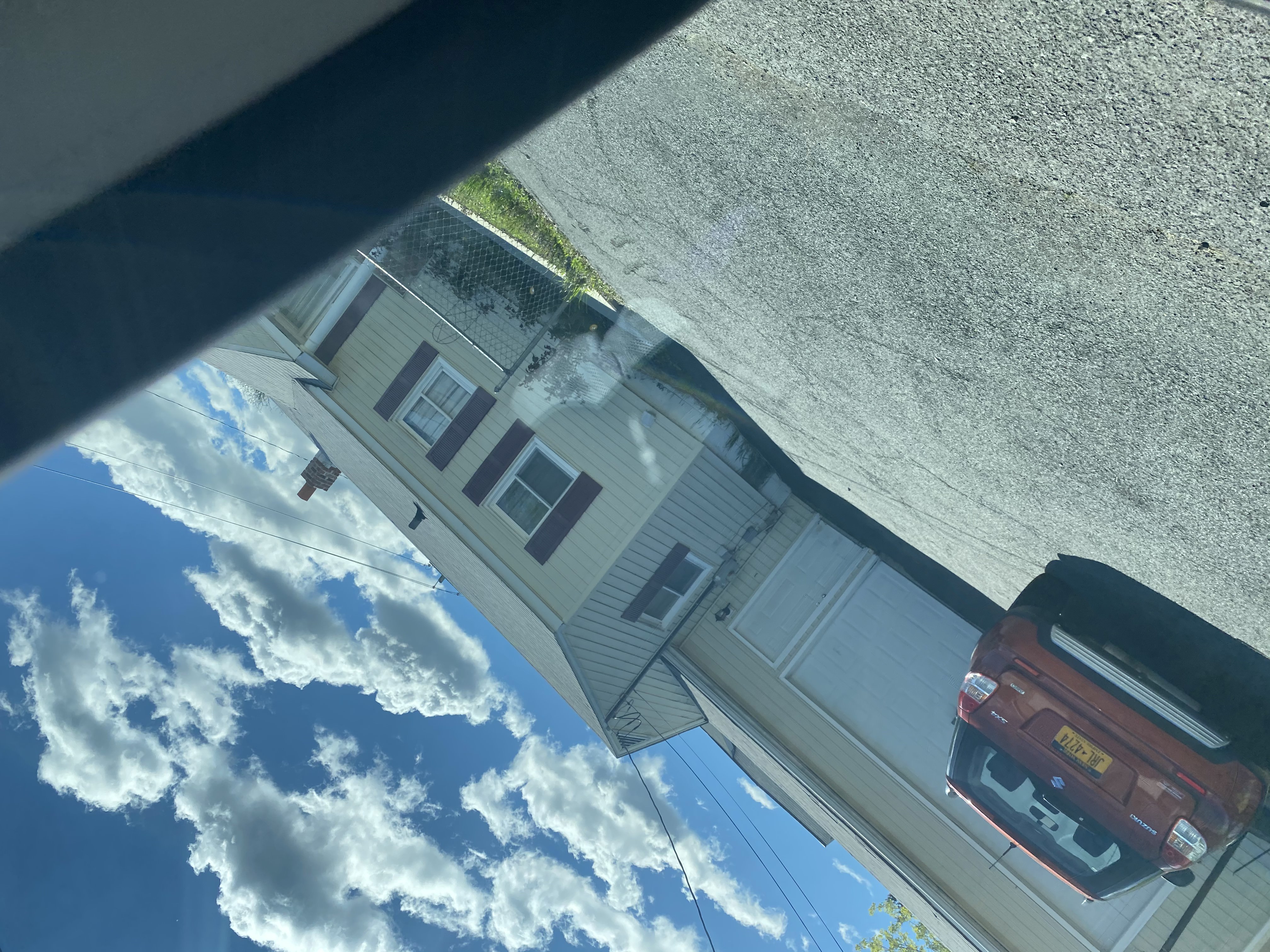 I would love an image from when Marie Rose lived there.
I would love an image from when Marie Rose lived there.
Buried: Saint Josephs Cemetery, Waterford
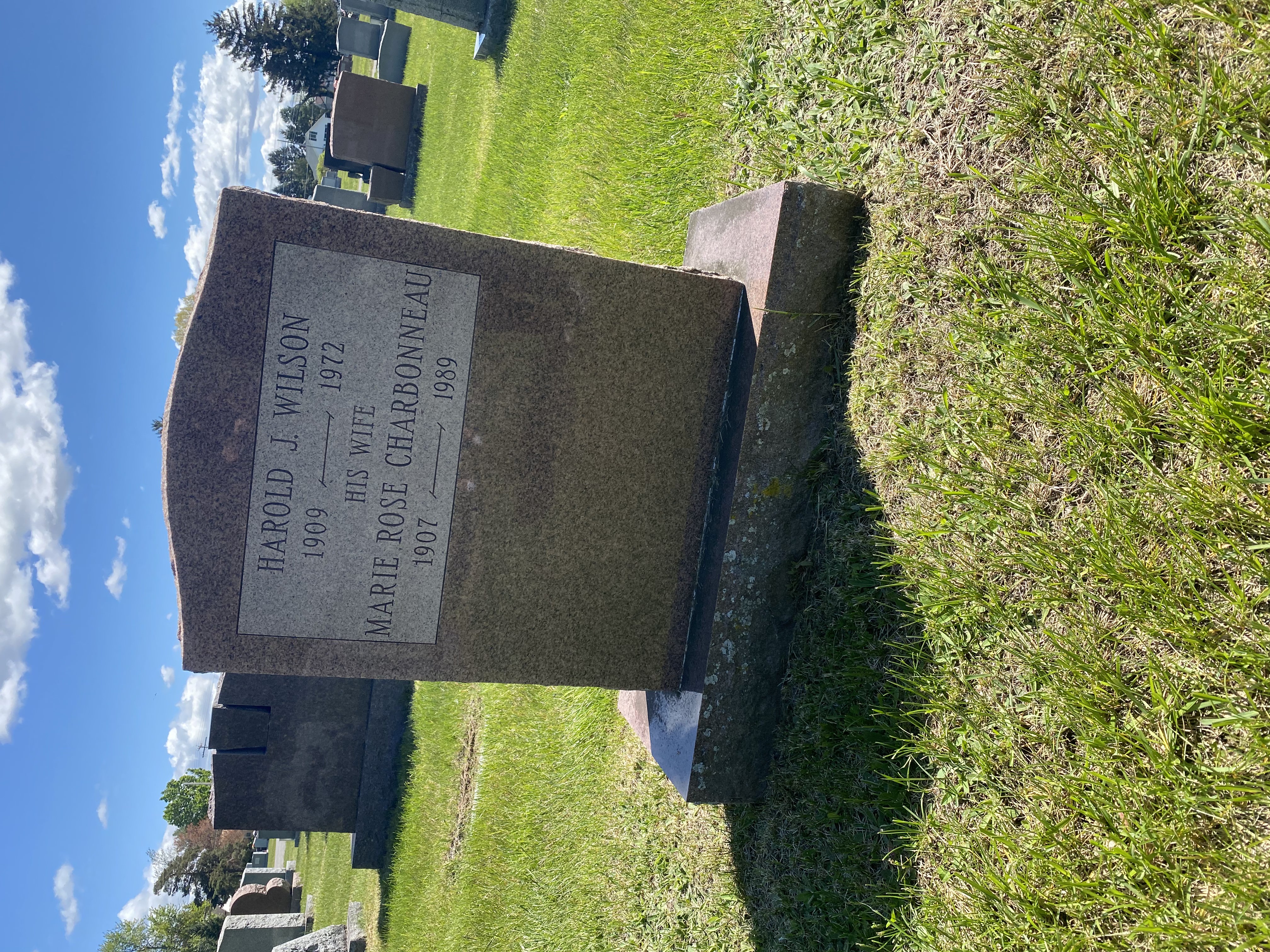
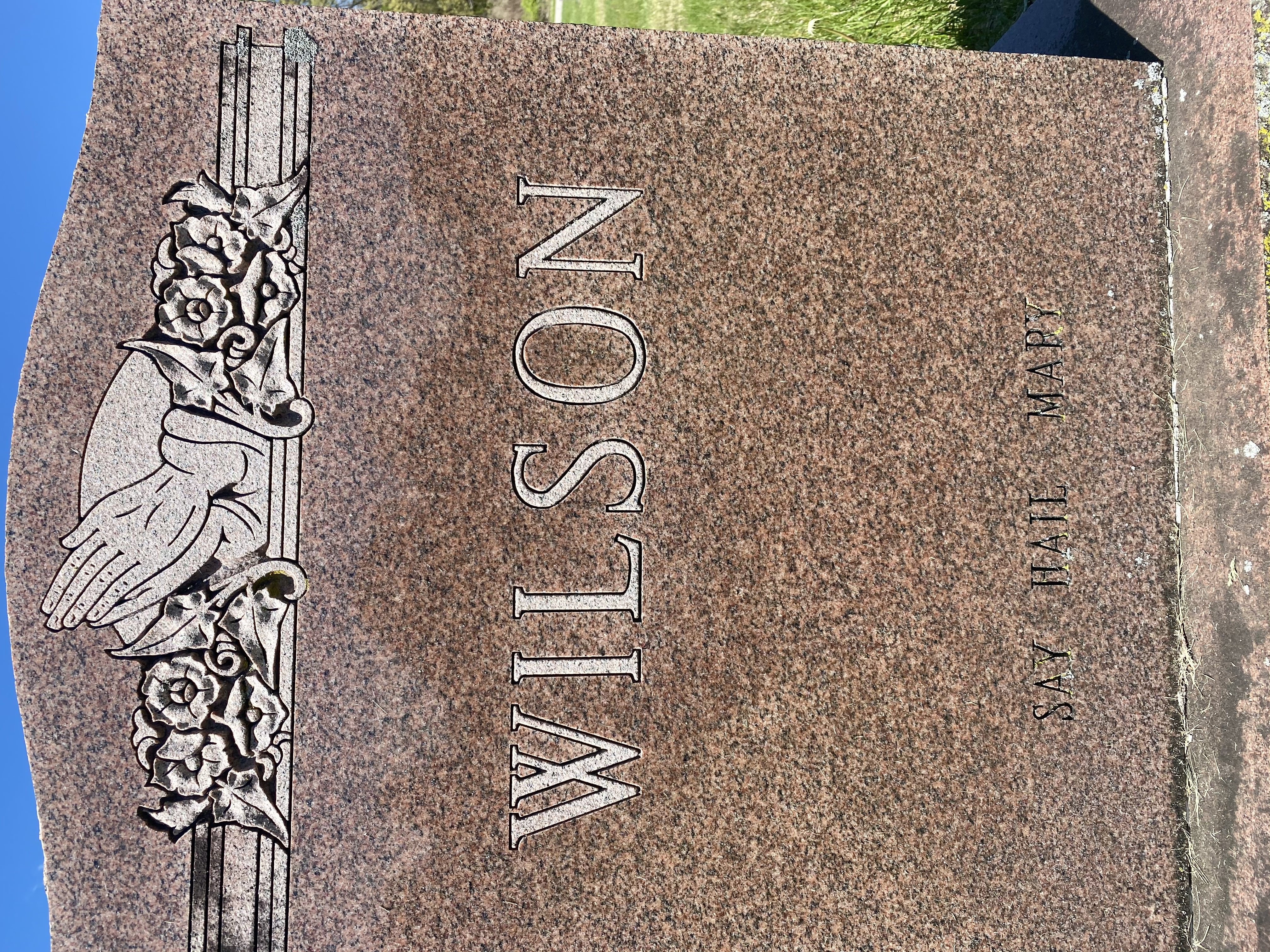 Something interesting to note is that Marie Rose maintained her miaden name on her gravestone.
Something interesting to note is that Marie Rose maintained her miaden name on her gravestone.
Harold Wilson (1909-1972)
Harold is my Great-Grandfather; my dad’s dad’s dad. His parents were Lena Mousseau and Henry Wilson, however he was raised by Lena’s parents, Napoleon Mousseau and Mary Fontain. Napoleon and Mary immigrated in 1894 from Montreal, Canada. Therefore, while having the Wilson name, he was raised by French-Canadian immigrants.
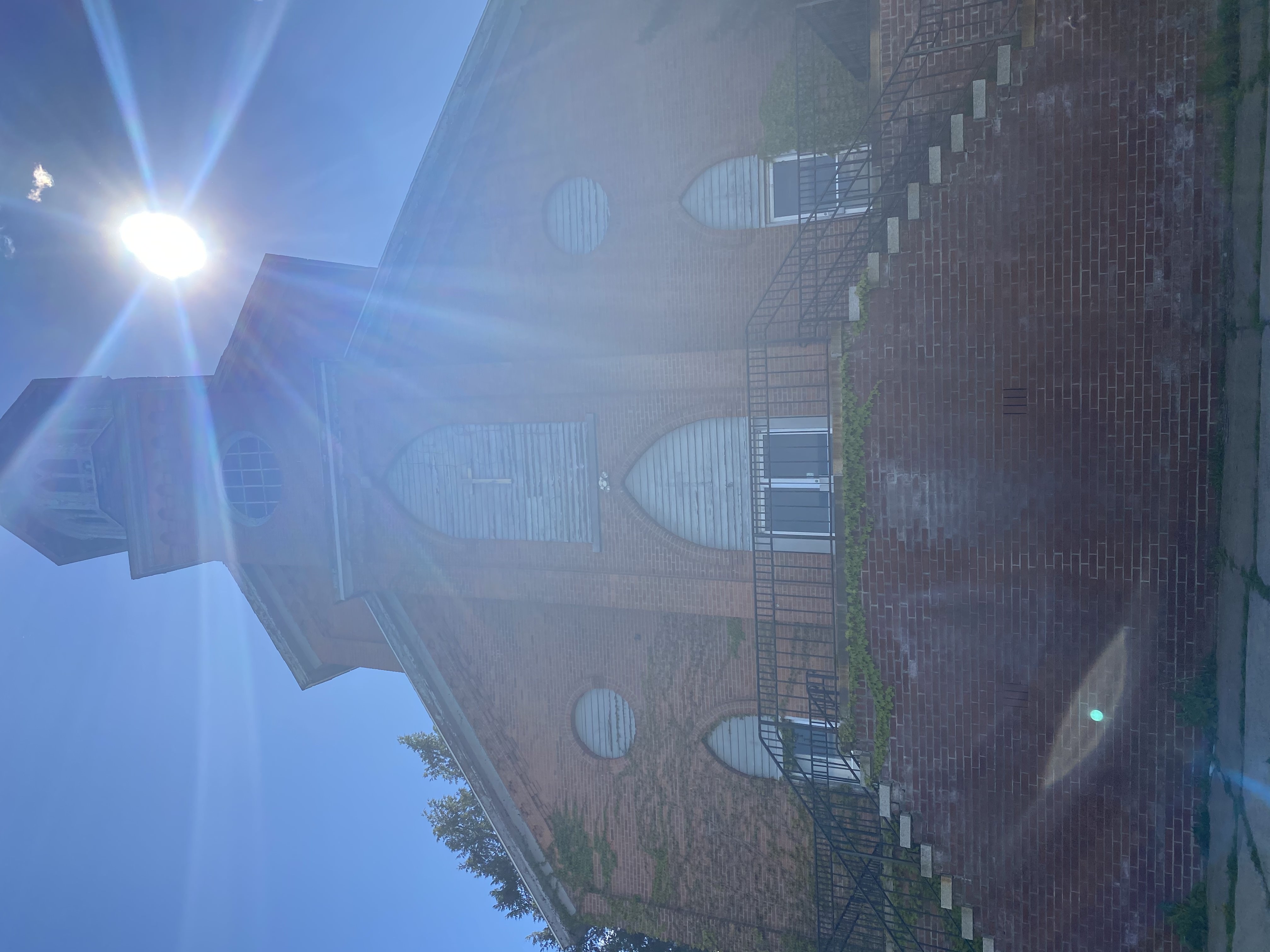 Sacred Hearch Church, the main Catholic church on the island.
Sacred Hearch Church, the main Catholic church on the island.
Napoleon was a carpenter and in 1900 their teenage children would work in the mills. Once those older siblings became adults, based on the 1910 census, they were a blacksmith, painter, and operator at a lace mill. The children no longer needed to work or if they did, it was not included on the census.
They lived “on the island” another Franco-American neighborhood within Cohoes. Again we see that Napoleon and Celia had many children while Harold and Marie Rose only had three.
Home: 108 maple ave, Cohoes, NY
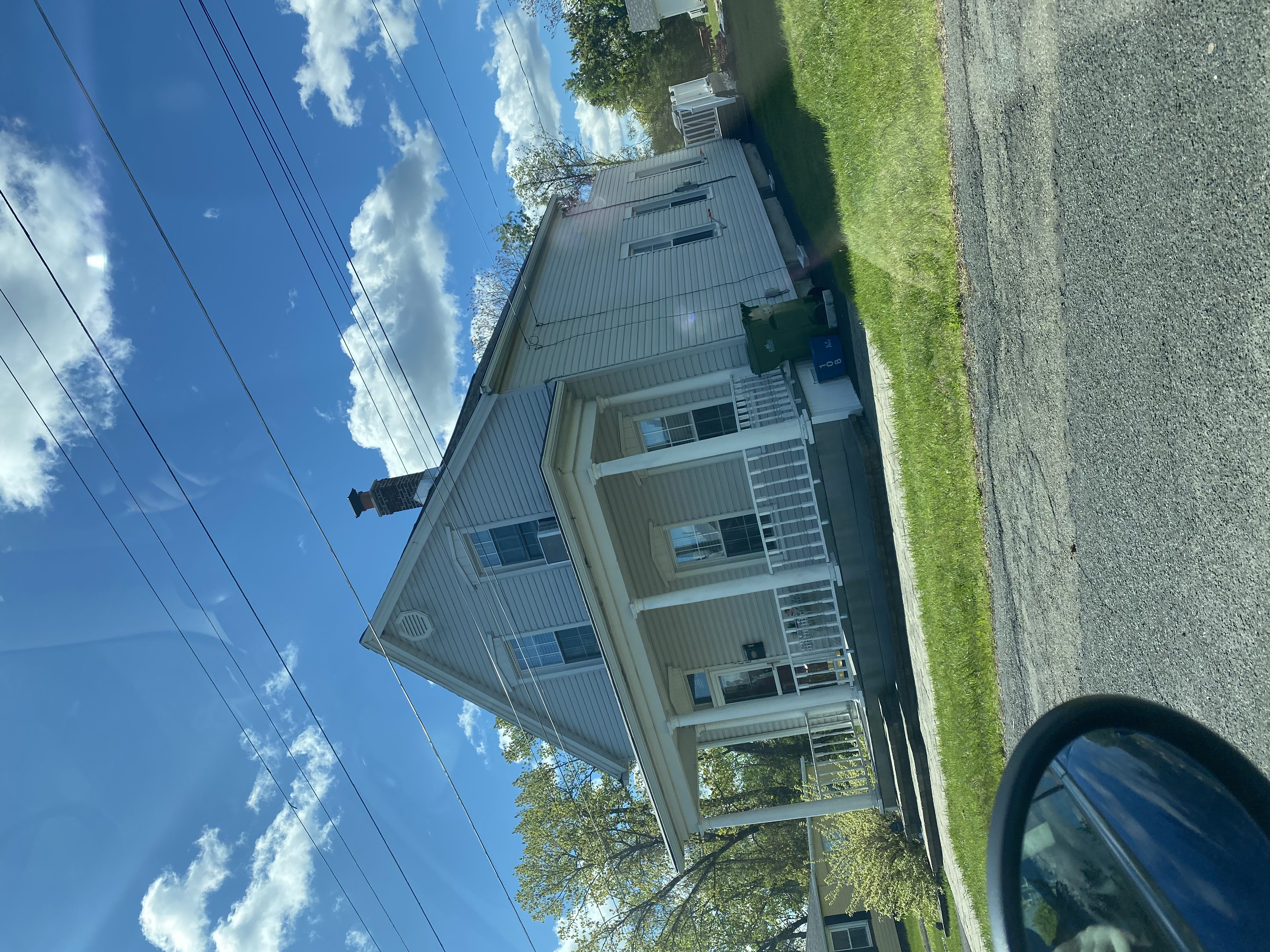 Mousseau’s home in 2021, would love a picture of the home when they lived there.
Mousseau’s home in 2021, would love a picture of the home when they lived there.
Buried: Saint Josephs Cemetery, Waterford
Citation:
http://www.albanycountyhistory.org/images/uploads/pdfs/SC_church_tour_brochure.pdf
https://www.stmichaelsofcohoes.org/stjosephs.pdf
Lacoursiere, Jacques. A People’s History of Quebec. Translated by Robin Philpot, Baraka Books, 1992.
Nadeau, Anne M. “The History of St. Marie’s Parish and Schools.” http://www.spindlecity.net/ , Spindle City Historic Society, 2004, www.spindlecity.net/The%20History%20of%20StMaries.pdf.
Siena College. Je Me Souviens…I Remember: Presenting and Preserving the Heritage of Upstate New York’s Franco-American Communities, New York Heritage, 2020, nyheritage.org/collections/je-me-souviensi-remember-presenting-and-preserving-heritage-upstate-new-yorks-franco.
A special thank you to Peg Wilson, Tim Donnelly, Tim Wilson, and David Wilson for sharing their stories and guiding me on my search for our roots.
A huge thank you my Professor for guiding me and providing me with many resources.